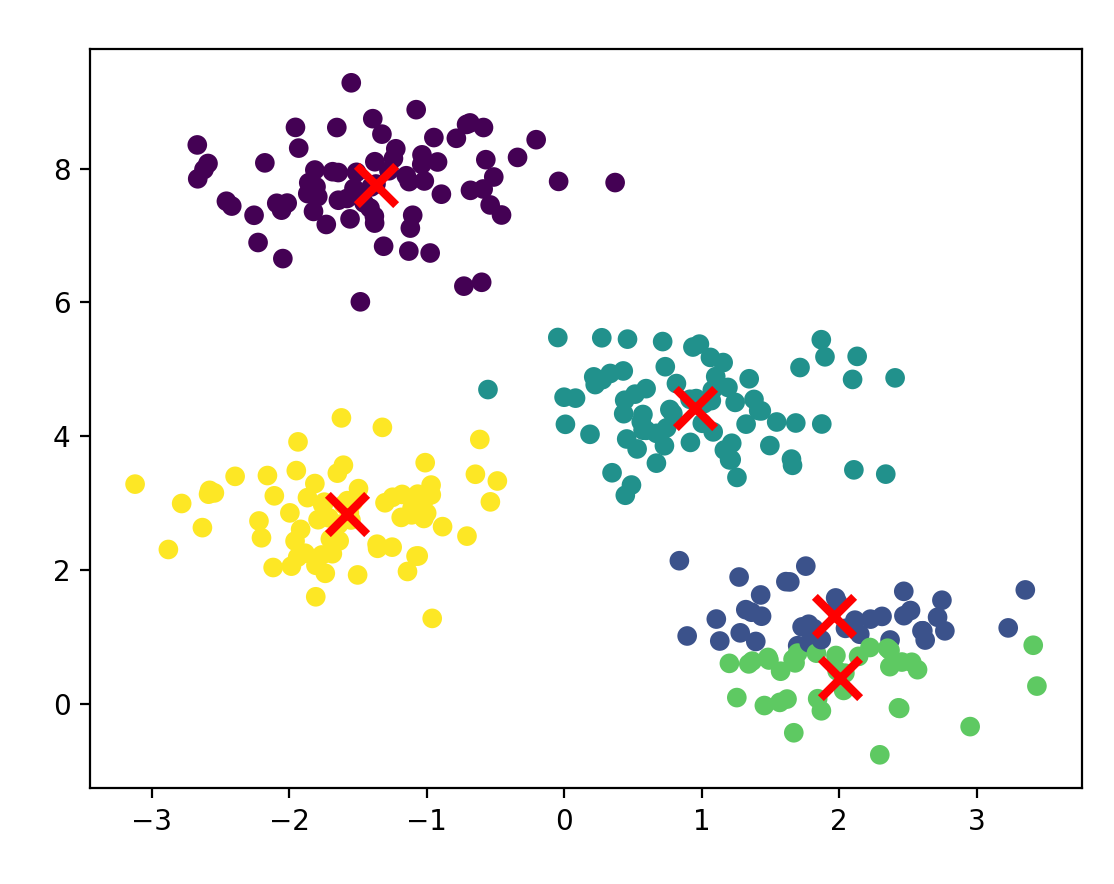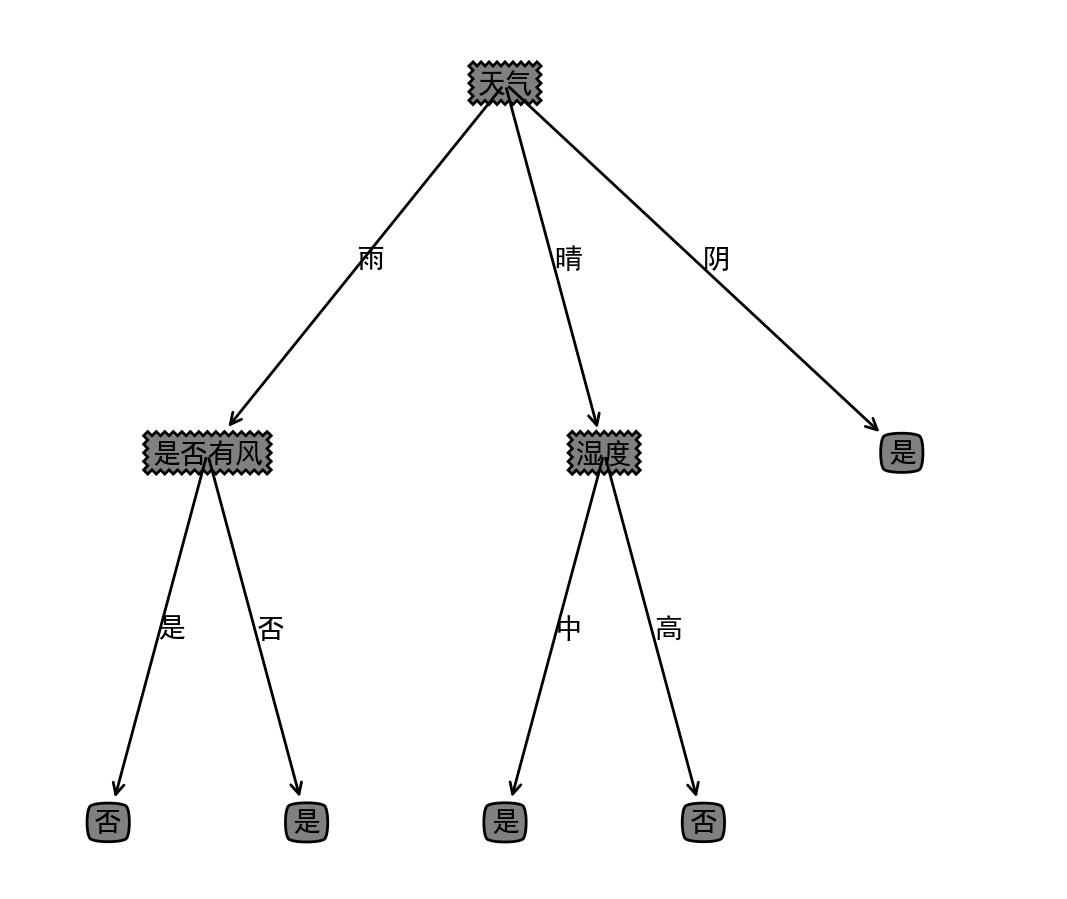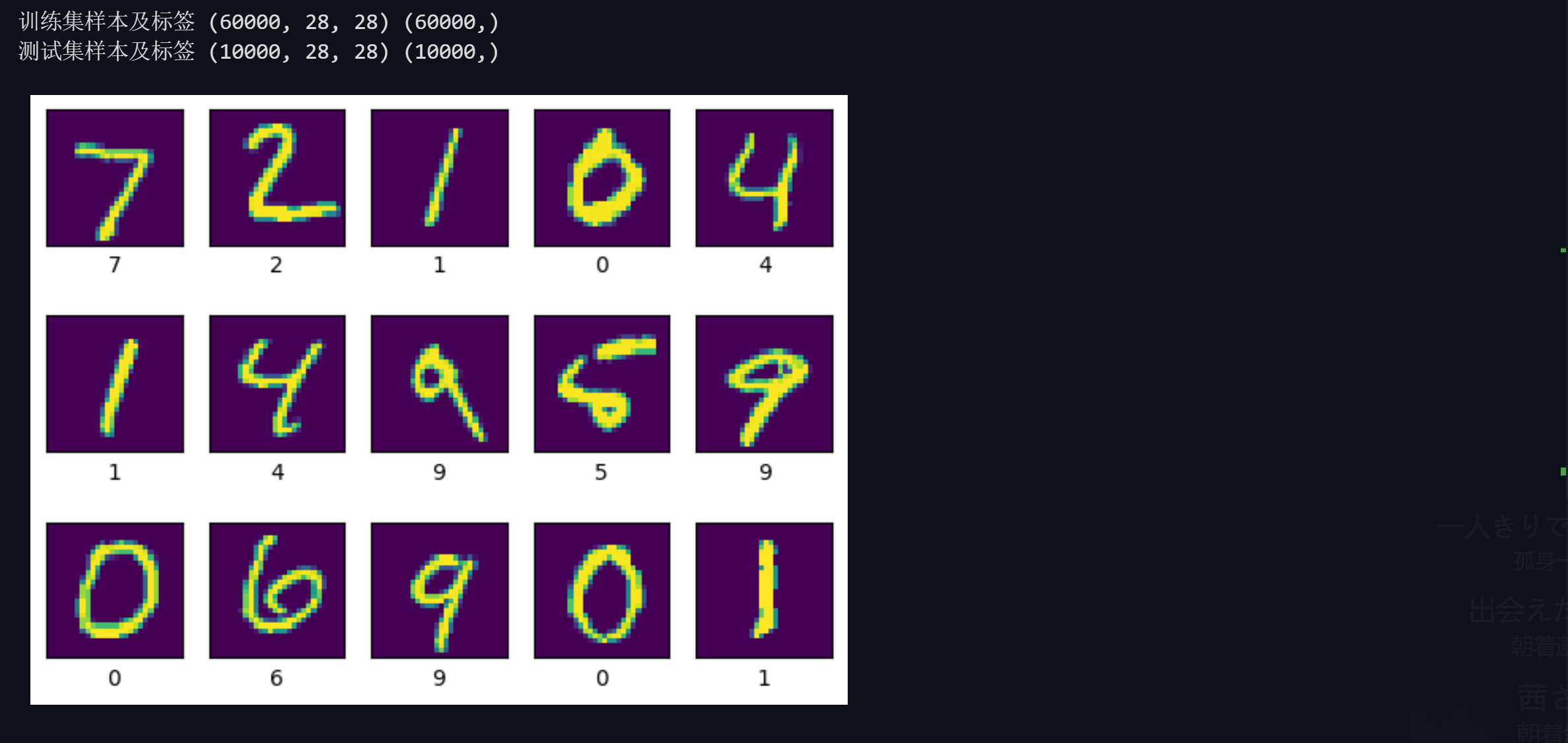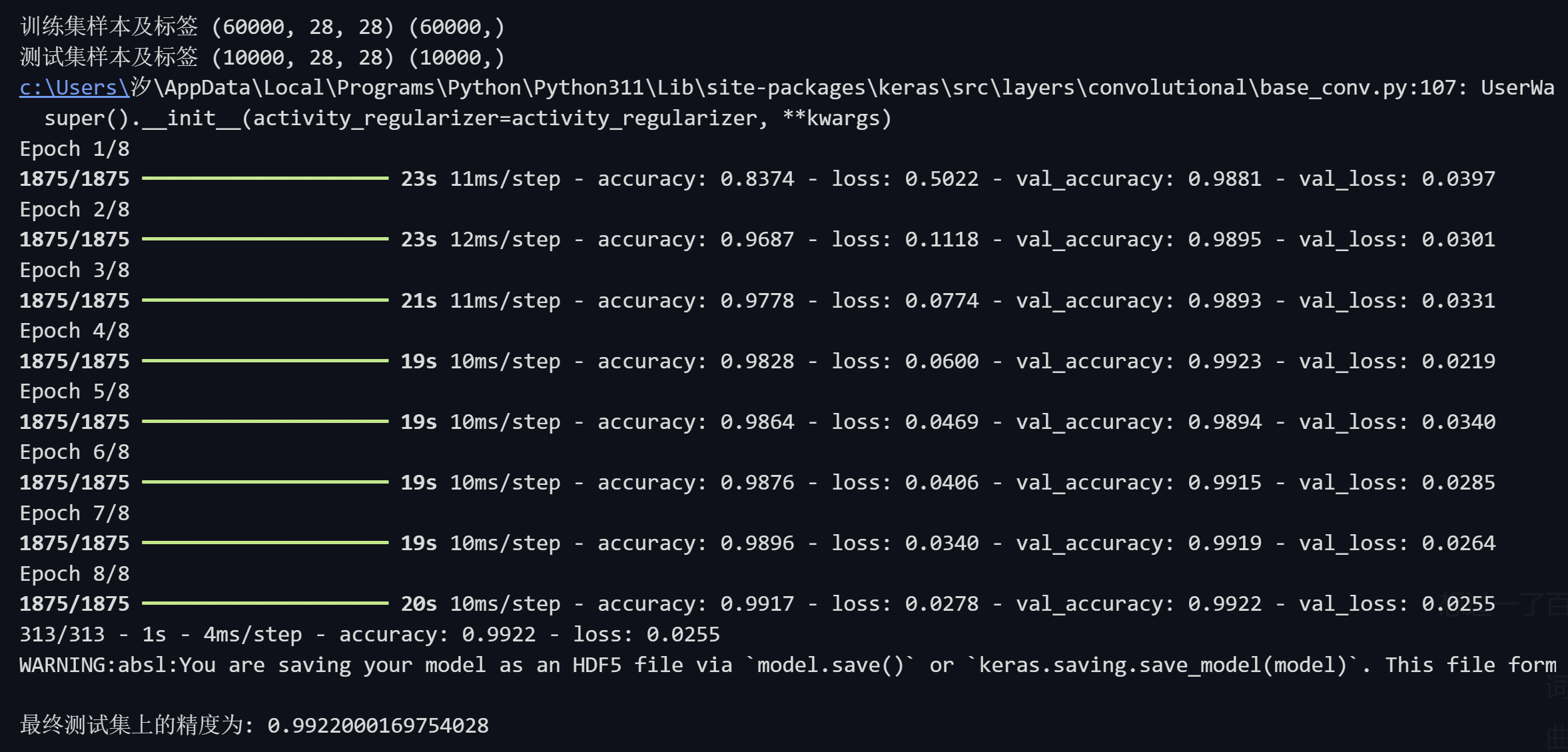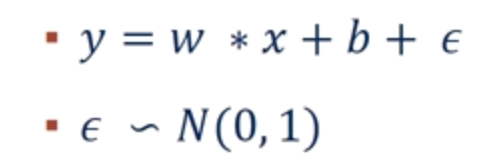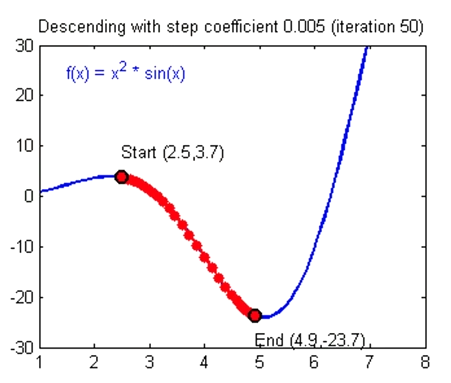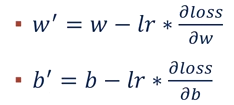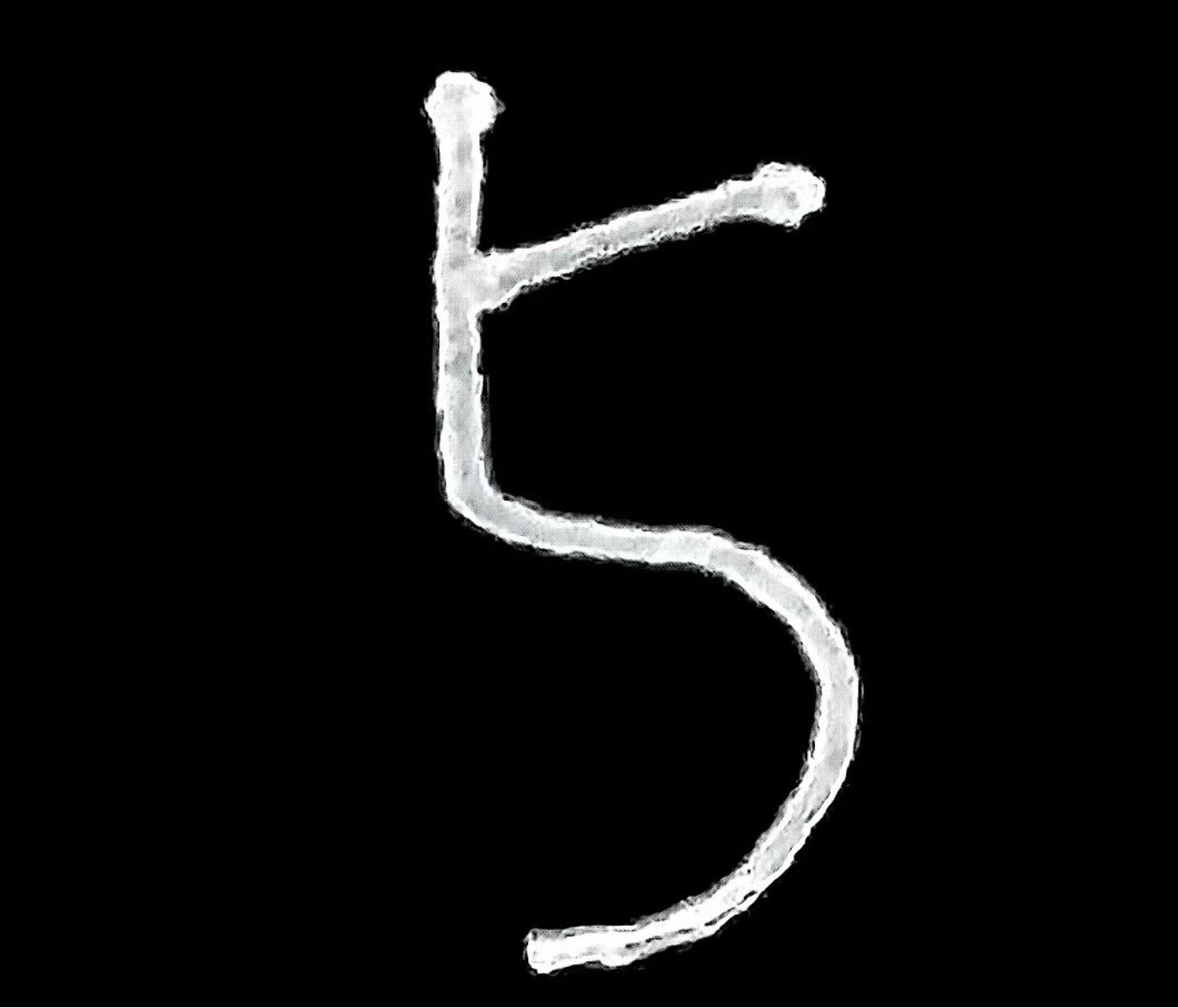1
2
3
4
5
6
7
8
9
10
11
12
13
14
15
16
17
18
19
20
21
22
23
24
25
26
27
28
29
30
31
32
33
34
35
36
37
38
39
40
41
42
43
44
45
46
47
48
49
50
51
52
53
54
55
56
57
58
59
60
61
62
63
64
65
66
67
68
69
70
71
72
73
74
75
76
77
78
79
80
81
82
83
84
85
86
87
88
89
90
91
92
93
94
95
96
97
98
99
100
101
102
103
104
105
106
107
108
109
110
111
112
113
114
115
116
117
118
119
120
121
122
123
124
125
126
127
128
129
130
131
132
133
134
135
136
137
138
139
140
141
142
143
144
145
146
147
148
149
150
151
152
153
154
155
156
157
158
159
160
161
162
163
164
165
166
167
168
169
170
171
172
173
174
175
176
177
178
179
180
181
182
183
184
185
186
187
188
189
190
191
192
193
194
195
196
197
198
199
200
201
202
203
204
205
206
207
208
209
210
211
212
213
214
215
216
217
218
219
220
221
222
223
224
225
226
227
228
229
230
231
232
233
234
235
236
237
238
239
240
241
242
243
244
245
246
247
248
249
250
251
252
253
254
255
256
257
258
259
260
| import math
import operator
import matplotlib as mpl
import matplotlib.pyplot as plt
from pylab import *
mpl.rcParams['font.sans-serif'] = ["SimHei"]
mpl.rcParams['axes.unicode_minus'] = True
def createDataSet():
dataSet=[
['晴','热','高','否','否'],
['晴','热','高','是','否'],
['阴','热','高','否','是'],
['雨','温','高','否','是'],
['雨','凉爽','中','否','是'],
['雨','凉爽','中','是','否'],
['阴','凉爽','中','是','是'],
['晴','温','高','否','否'],
['晴','凉爽','中','否','是'],
['雨','温','中','否','是'],
['晴','温','中','是','是'],
['阴','温','高','是','是'],
['阴','热','中','否','是'],
['雨','温','高','是','否']
]
labels = ['天气','温度','湿度','是否有风']
return dataSet,labels
dataset,dataLabels = createDataSet()
def calcShannonEnt(dataSet):
totalNum = len(dataSet)
labelSet = {}
for dataVec in dataSet:
label = dataVec[-1]
if label not in labelSet.keys():
labelSet[label] = 0
labelSet[label] += 1
shannonEnt = 0
for key in labelSet:
pi = float(labelSet[key])/totalNum
shannonEnt -= pi*math.log(pi,2)
return shannonEnt
def splitDataSet(dataSet, featNum, featvalue):
retDataSet = []
for dataVec in dataSet:
if dataVec[featNum] == featvalue:
splitData = dataVec[:featNum]
splitData.extend(dataVec[featNum+1:])
retDataSet.append(splitData)
return retDataSet
def chooseBestFeatToSplit(dataSet):
featNum = len(dataSet[0]) - 1
maxInfoGain = 0
bestFeat = -1
baseShanno = calcShannonEnt(dataSet)
for i in range(featNum):
featList = [dataVec[i] for dataVec in dataSet]
featList = set(featList)
newShanno = 0
for featValue in featList:
subDataSet = splitDataSet(dataSet, i, featValue)
prob = len(subDataSet)/float(len(dataSet))
newShanno += prob*calcShannonEnt(subDataSet)
infoGain = baseShanno - newShanno
if infoGain > maxInfoGain:
maxInfoGain = infoGain
bestFeat = i
return bestFeat
def majorityCnt(labelList):
labelSet = {}
for label in labelList:
if label not in labelSet.keys():
labelSet[label] = 0
labelSet[label] += 1
sortedLabelSet = sorted(labelSet.items(), key=operator.itemgetter(1), reverse=True)
return sortedLabelSet[0][0]
def createDecideTree(dataSet, featName):
classList = [dataVec[-1] for dataVec in dataSet]
if len(classList) == classList.count(classList[0]):
return classList[0]
if len(dataSet[0]) == 1:
return majorityCnt(classList)
bestFeat = chooseBestFeatToSplit(dataSet)
beatFestName = featName[bestFeat]
del featName[bestFeat]
DTree = {beatFestName:{}}
featValue = [dataVec[bestFeat] for dataVec in dataSet]
featValue = set(featValue)
for value in featValue:
subFeatName = featName[:]
DTree[beatFestName][value] = createDecideTree(splitDataSet(dataSet,bestFeat,value), subFeatName)
return DTree
def getNumLeafs(tree):
numLeafs = 0
firstFeat = list(tree.keys())[0]
secondDict = tree[firstFeat]
for key in secondDict.keys():
if type(secondDict[key]).__name__== 'dict':
numLeafs += getNumLeafs(secondDict[key])
else:
numLeafs += 1
return numLeafs
def getTreeDepth(tree):
maxDepth = 0
firstFeat = list(tree.keys())[0]
secondDict = tree[firstFeat]
for key in secondDict.keys():
if type(secondDict[key]).__name__ == 'dict':
thisDepth = 1 + getTreeDepth(secondDict[key])
else:
thisDepth = 1
if thisDepth > maxDepth:
maxDepth = thisDepth
return maxDepth
def createPlot(tree):
fig = plt.figure(1, facecolor='white')
fig.clf()
xyticks = dict(xticks=[], yticks=[])
createPlot.pTree = plt.subplot(111, frameon=False, **xyticks)
plotTree.totalW = float(getNumLeafs(tree))
plotTree.totalD = float(getTreeDepth(tree))
plotTree.xOff = -0.5 / plotTree.totalW
plotTree.yOff = 1.0
plotTree(tree, (0.5, 1.0), '')
plt.show()
decisionNode = dict(boxstyle="sawtooth", fc="0.5")
leafNode = dict(boxstyle="round4", fc="0.5")
arrow_args = dict(arrowstyle="<-")
def plotNode(nodeText, centerPt, parentPt, nodeType):
createPlot.pTree.annotate(nodeText, xy=parentPt, xycoords="axes fraction",
xytext=centerPt, textcoords='axes fraction',
va='center', ha='center', bbox=nodeType, arrowprops=arrow_args)
def plotMidText(centerPt, parentPt, midText):
xMid = (parentPt[0] - centerPt[0]) / 2.0 + centerPt[0]
yMid = (parentPt[1] - centerPt[1]) / 2.0 + centerPt[1]
createPlot.pTree.text(xMid, yMid, midText)
def plotTree(tree, parentPt, nodeTxt):
numLeafs = getNumLeafs(tree)
firstFeat = list(tree.keys())[0]
centerPt = (plotTree.xOff + (1.0 + float(numLeafs))/2.0/plotTree.totalW, plotTree.yOff)
plotMidText(centerPt,parentPt,nodeTxt)
plotNode(firstFeat,centerPt,parentPt,decisionNode)
secondDict = tree[firstFeat]
plotTree.yOff -= 1.0/plotTree.totalD
for key in secondDict.keys():
if type(secondDict[key]).__name__ == 'dict':
plotTree(secondDict[key],centerPt,str(key))
else:
plotTree.xOff += 1.0/plotTree.totalW
plotNode(secondDict[key], (plotTree.xOff,plotTree.yOff),centerPt,leafNode)
plotMidText((plotTree.xOff,plotTree.yOff),centerPt,str(key))
plotTree.yOff += 1.0/plotTree.totalD
myTree = createDecideTree(dataset,dataLabels)
print("决策树模型:")
print(myTree)
createPlot(myTree)
def classify(tree,feat,featValue):
firstFeat = list(tree.keys())[0]
secondDict = tree[firstFeat]
featIndex = feat.index(firstFeat)
for key in secondDict.keys():
if featValue[featIndex] == key:
if type(secondDict[key]).__name__ == 'dict':
classLabel = classify(secondDict[key],feat,featValue)
else:
classLabel = secondDict[key]
return classLabel
feat = ['天气','温度','湿度','是否有风']
dataSet2=[
['晴','温','中','是'],
['阴','温','高','是'],
['阴','热','中','否'],
['雨','温','高','是'],
]
print("预测结果:")
for dataVec2 in dataSet2:
print(classify(myTree,feat,dataVec2))
|
